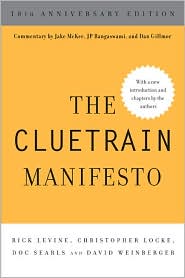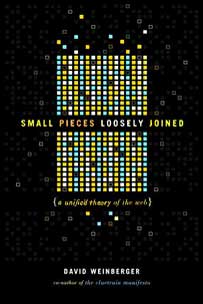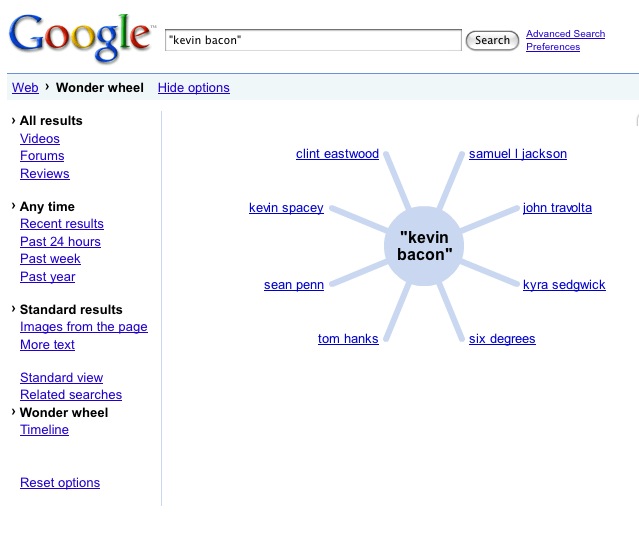September 9, 2011
[2b2k] Difference matters
I still don’t know why I started getting a free subscription to Game Developer magazine, but I sure enjoy it. The technical articles are over my head and frequently completely over my head, but I enjoy reading articles written from a hard-core developer point of view. (The magazine comes to me under the name Johnny Locust at Wild West Ware — not a pseudonym or anynym of mine. I find traces of him on the Net, but none that lets me contact him directly. Johnny, if you find this, I’m enjoying your subscription!)
The magazine opener this month (Sept.) comes from Eric Caoili. It”s about The Difference Engine Initiative, an incubator to encourage and enable women as game developers. Two sessions are planned in Toronto.
One of the founders, Mare Sheppard, says in Game Developer:
“There’s this huge, homogenous, very insular, established set of developers right now in the game industry, and it happens to be mostly white and mostly male. From that, you can really only get a certain amount of innovation…If we had more voices and more opinions and more people coming in, then we would be able to take bigger steps in releasing games that represent different people, because they’re involved in the development process.”
As for the incubator, says Sheppard, “It’s like a crafter’s circle. It’s loose and low-key, and it’s about peer mentorship.” She sees it as just one step that might help some people get over the initial hurdle.
The project is named after Ada Lovelace’s contribution to Babbage’s Difference Engine, but I enjoy the implicit endorsement of difference as a source of innovation. In fact, difference is the source of all value, isn’t it?









